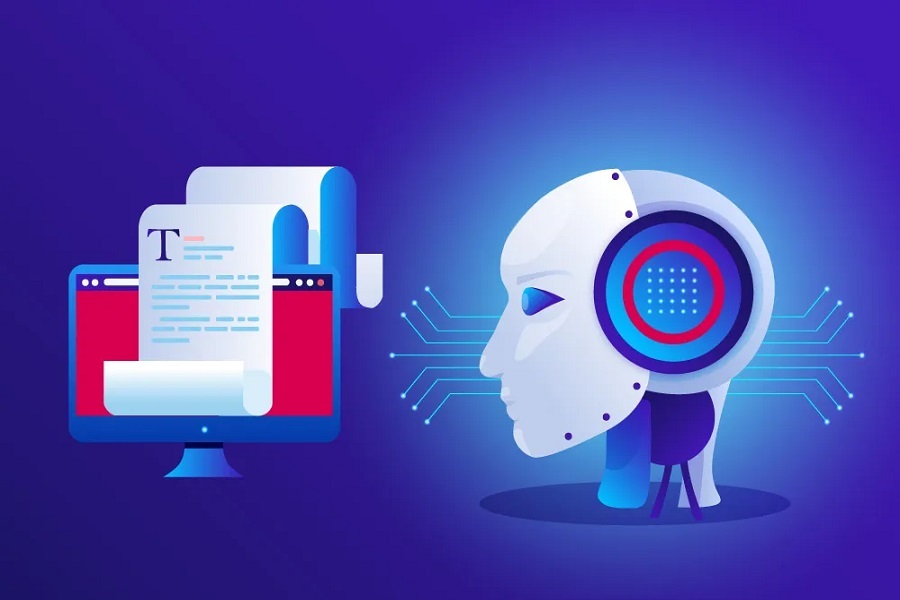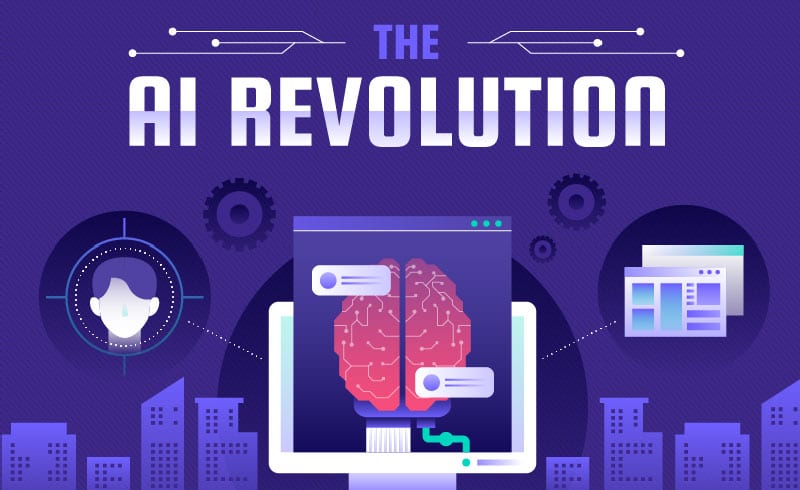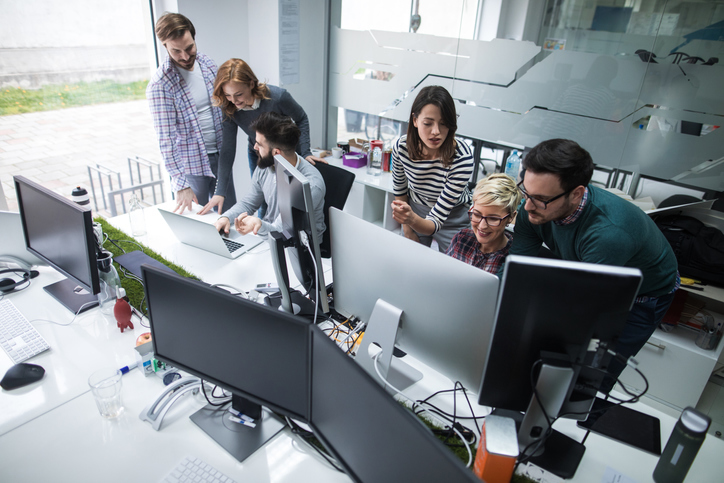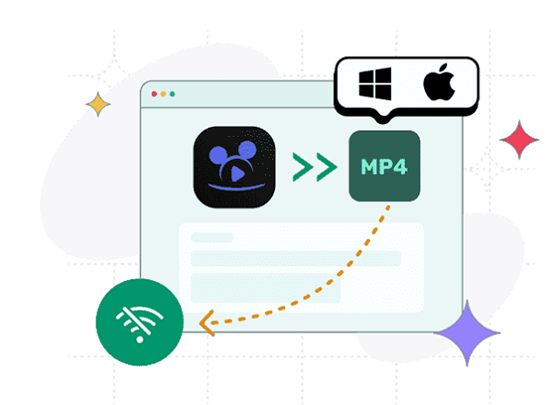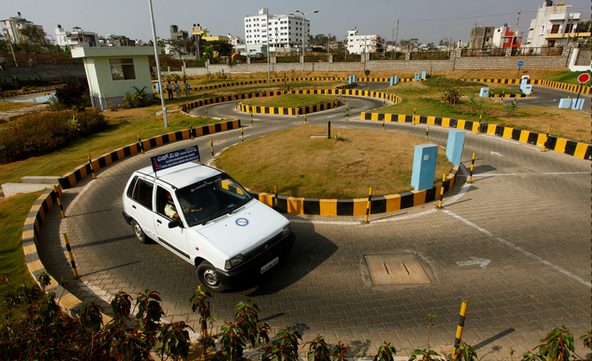Many modern cities have embraced the integration of intelligent transportation systems (ITS). But what are they, how do they work and what role do they play in urban areas?
Intelligent transportation systems (ITS) are advanced software which enable smarter journeys for both riders and drivers, helping transit agencies to run more efficiently.
Sometimes known as ‘smart transportation,’ transit agencies and transport companies can use a combination of ITS to improve different areas of the transport network.
ITS use innovative technology and tools to allow you to monitor and analyse operations in the transport network, and provide key insights into how these areas can be made more effective or how to mitigate issues on the road.

ITS can include things such as real-time vehicle monitoring, operations control, real-time passenger information (RTPI), and more.
As such, ITS can play a crucial role in modern cities when it comes to enhancing transport.
Maintaining high efficiency with routes and vehicles
Implementing ITS can help transit agencies increase efficiency when it comes to routes and vehicles.
Real-time vehicle monitoring can provide accurate vehicle position information, and offer insights into its route. This can help monitor the arrival time of vehicles at each stop, ensuring it’s not too near to the previous or following vehicle.
ITS can provide data and insights to allow you to analyse the best route for each vehicle to reach its destination on time and cost-effectively – taking into account things such as heavy traffic, closures, etc.
This is important in modern cities where rider demand is often higher and journey efficiency is essential.
Quickly pre-empting and resolving issues
Another way ITS can benefit modern city transit agencies is that they can help pre-empt various issues which could impact your journeys.
For example, the systems can detect problems such as a late running service or equipment failure with displays or vehicles. These can cause major delays and disrupt schedules for both drivers and riders.
By pre-empting these issues effectively, you can make the necessary steps to avoid or mitigate their impact. With equipment failure, for instance, you can deliver a replacement in quick time to ensure journeys continue uninterrupted.
In modern cities where the majority of riders might be on their way to work, making smooth travel crucial, this will be a highly beneficial system to have.
Keeping transport costs low
ITS can help lower costs throughout different areas in your transit agency.
With insights to optimize journeys, you can make sure each vehicle completes the journey as quickly as possible and doesn’t waste unnecessary fuel.
As well as this, you can receive insights into rider demand and gain a better idea of how many active vehicles are necessary to meet it. This can help you avoid having more vehicles active than necessary, which can further save costs.
On top of that, it can also help you lower emissions, which for many modern cities today is a core consideration when it comes to sustainable transport strategies.
—
You now know the vital role ITS can play in modern city transport, helping you bring efficiency, accuracy, and visibility to various areas of your transit agency. Whether it’s lowered costs or faster journeys, there are various benefits that ITS can bring to modern cities today.

